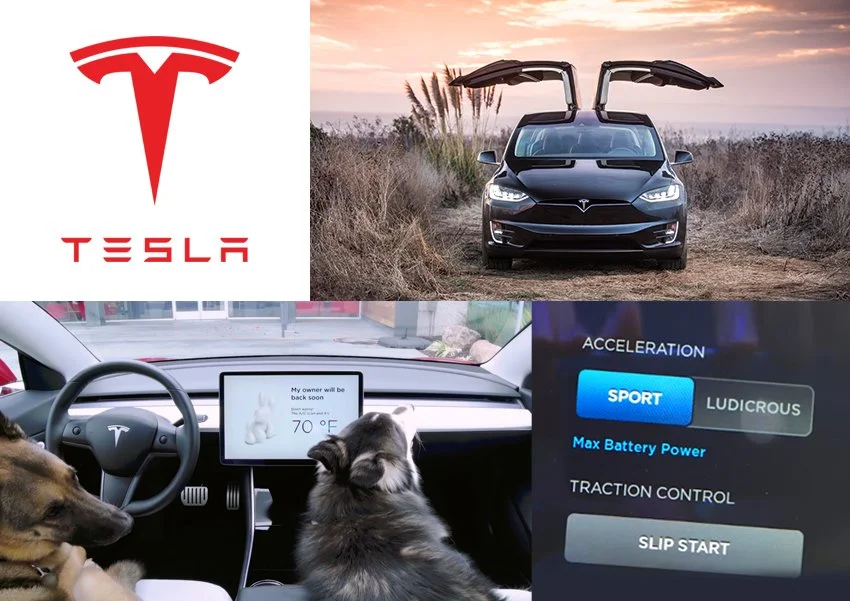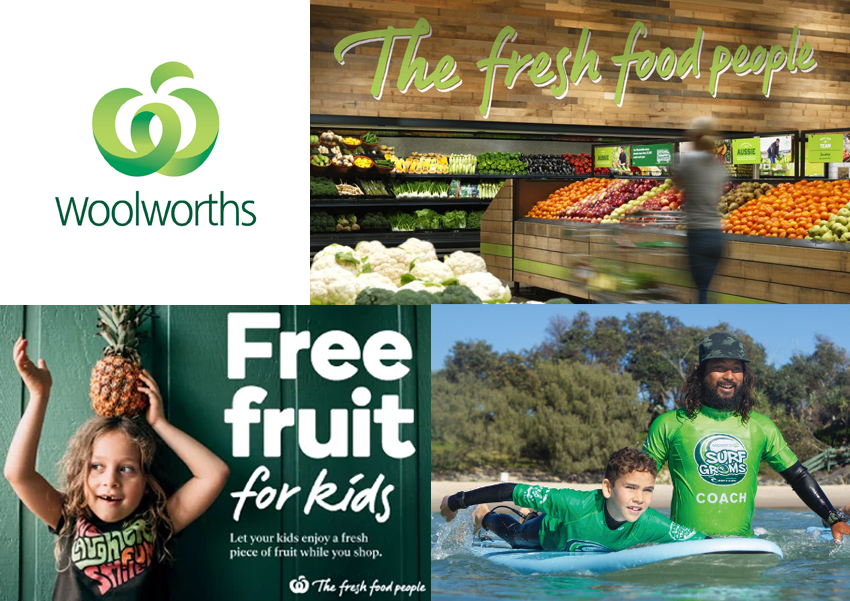Branding v’s marketing: why understanding the difference is key
So what exactly is the difference between branding and marketing?
There’s a lot that goes into building a brand. There’s also a lot of advice, especially in the online space, regarding exactly what you should and shouldn’t be doing.
When you take these things into consideration and multiply them by the amount of new businesses entering the market everyday, the result is a whole lot of noise.
So, where can you go for direction in shaping your business effectively? The answer is going inward by developing not only your branding and marketing individually, but the way in which these two interact.
Branding is about making you feel something. It talks to the heart ❤️. Marketing is about making you do something. It talks to the head 🧠.
Whilst branding and marketing often get lumped together, both do remain two very unique concepts that need to be treated as such during the process of brand building and development. To cut a long story short, branding is what keeps your customer coming back, and marketing is what gets them there in the first place.
In this article we’ll dive deeper into the branding vs marketing query and establish their similarities, differences, and what it takes to create a harmonious environment for both to thrive.
🤔 Is Branding and Marketing the same?
What is Branding?
Branding is the core essence of your business - it’s who you are and why you do what you do. Common examples of branding usually lean heavily towards identity design and include things like logo, colour palette, iconography, typography, packaging and imagery.
However, when you dig a little deeper it is clear that branding can not exist without establishing your tone of voice, your ‘why’, your vision, your Unique Selling Proposition (also known as a USP), and the emotions and feelings you want your customer to experience. It is this that will keep your customer coming back time after time. Rapport building is crucial, and great branding allows us to do this.
What is Marketing?
Whilst branding lays down the framework for successful customer interest and retention of said interest, marketing is your key to driving sales. Put simply, marketing is the set of processes that you use to promote your business to your customer, reminding them why they took interest in your brand’s carefully crafted branding strategy in the first place.
Marketing fuels sales and brand awareness which, arguably, are some of the key factors that enable your business to stay relevant in today’s bustling and saturated market. Consider marketing the way in which you encourage your customers to engage with your brand, or purchase products or services.
Branding is Why — Marketing is How
Branding is Overarching — Marketing is Specific
Branding is Long-Term — Marketing is Short-Term
Branding drives Loyalty — Marketing drives Sales
👀 Branding v’s Marketing Examples
Tesla — Branding v’s Marketing
The careful branding of Tesla has a significant impact on the way consumers view the brand.
Some might say Tesla can be associated with the terms sleek, innovative and exclusive. The brand’s visual identity and provocative, nonchalant communicative tone are some of the ways in which their branding has convinced us to perceive their brand in this way.
So, what is the reason we remember that we feel this way about the Tesla brand?
The various marketing we are served - think luxuriously elegant and innovative car expos or quirky videos (take a look at their Dog Mode video or their ‘Ludicrous Mode’ - Tesla don’t actually advertise at all!).
This is a great example of the way a tone can be set in the development of branding, but the message is reiterated to consumers via marketing.
Patagonia — Branding v’s Marketing
Patagonia’s branding lies within the core essence of their business; a purpose-driven, environmentally conscious outdoor clothing company. How does their branding tell us this?
Their design palette of earthy tones, store fit-outs featuring natural materials, being an active participant in environmental causes, and their casual but bold voice. This is all extremely important in keeping the Patagonia’s name front of mind for consumers.
Patagonia's marketing follows their brand philosophy to a T. Bold and often unprecedented, they are not afraid to even hold themselves accountable.
Back in 2011 they made public human rights abuse they discovered within their own manufacturing and developed new standards for migrant workers. They've actively discouraged customers from buying new products they don't need (a Black Friday 'Don't buy this jacket campaign' which focused on their own products) and continue to highlight their own pledges on sustainability.
Woolworths — Branding v’s Marketing
‘The fresh food people’; a compelling piece of branding that so effortlessly complements the overall Woolworths brand. Their green palette reminds us of the freshness of their produce, the fitout of their stores makes us feel like we have an abundance of choice whilst still feeling like there is the option to choose fresh over packaged, and their simple logo provokes feelings of approachability and confidence.
Their campaigns speaking to things like free fruit for kids in-store, frequent engagement in local community activities or simplicity of their grocery-delivery service, shown to us via televised commercials, mail-out catalogues and strategic digital ad placement, are all clear examples of marketing that supports and enhances the company’s branding efforts.
🧐 Branding v’s Marketing: what’s the difference and how can they work together?
We’ve established that the difference between branding and marketing is that branding drives recognition and loyalty, and marketing drives sales.
So, what can business owners do to ensure that these two work together in synchronisation to achieve great results? The answer is to truly live the values of the business as established in the branding stage, and share these with the world through clever marketing.
Some examples of the way branding and marketing work together include;
Marketing efforts are made to gain attention of the customer, but branding finds a way to hold this attention.
Branding fuels brand-loyalty and recognition, whilst marketing works to fuel sales.
Marketing always comes in secondarily behind branding. Branding is the core of any business’ sales success
Marketing strategies can be changed, the essence and soul of a brand is something that requires much more longevity to adapt.
As outlined in the previously mentioned branding vs marketing examples, we can see that branding must speak authentically to the human side of the brand - the abstract thoughts, feelings and emotions brought on by aspects of design and brand personality - in order to truly make marketing efforts successful. When these things are paired effectively, the sky's the limit.
📋 Branding v’s Marketing: the final verdict
By cleverly conveying a feeling, we are branding. By cleverly sharing this with the world, we are marketing.
Whilst there is an obvious difference between the pair, it is imperative to nurture both in order to get the most out of all your hard work you’ve put in to build your business.
By investing in both branding and marketing, you’re investing in your future success.
Chris Thomas is an independent design and branding specialist with over 20 years experience working with iconic brands across a wide range of sectors spanning the UK, EU, US, Middle East, Asia and here in Australia. He is the owner and Creative Director at Founded by Design, and has been awarded both nationally and internationally for his work.






